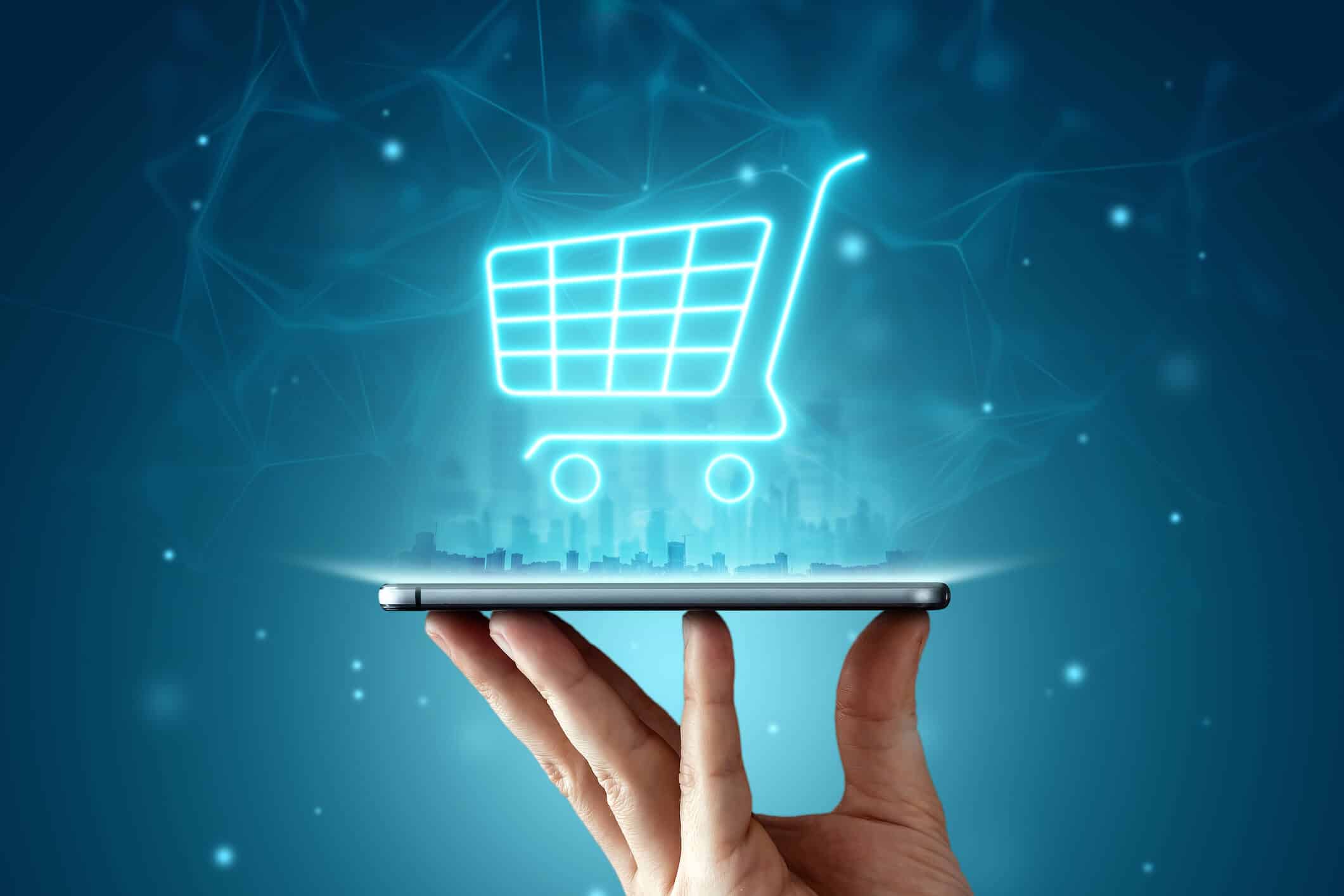The grocery industry has been slow to go digital compared to many other retail sectors. However, when the COVID-19 pandemic hit, e-grocery suddenly took front and center. In 2019, online grocery shopping represented just two percent of food and beverage sales. By the end of 2020, 27 million more consumers had grocery-shopped from home—representing a threefold increase in just one year.
Needing an easy and viable solution, many grocery retailers turned to app-based delivery services like Instacart, DoorDash, and Target Corporation’s Shipt. Today, a half-million Instacart customers have shopped more than 45,0000 stores in the U.S. and Canada, including big-name retailers like Costco and Wegmans.
The Concerns with App-Based Grocery Delivery Services
Instacart and other app-based delivery companies offered grocers a quick solution to meet demand during the height of the pandemic, but many grocers are now rethinking their ecommerce strategies due to dissatisfaction with the app-based services.
-
Cost
They’re pricey. Charging ten percent per order on average, app-based delivery services take a sizable bite out of the industry’s already-slim, two percent margins, which is particularly troubling for independent stores and small chains.
-
Customer Experience
The app controls the shopping experience, not the grocer, resulting in a loss of branding and merchandising opportunities for the store. Order fulfillment, delivery, and customer service are also controlled by the app provider, though, customers may associate problems or delays in these areas with the retailer, damaging the store’s reputation.
-
Customer data
Customer contact information, buying preferences, and other valuable data collected during transactions belong to the app company, not the store. Without data, everything from buyer behavior and customer service to marketing and inventory planning can be more challenging.
-
Eroding customer loyalty
Delivery app users often cannot apply store coupons to their order or take advantage of a store’s loyalty discounts or rewards program. As a result, customers have little incentive to choose one store over another. The setup of the app further adds to the problem by encouraging shoppers to cherry pick from a long list of retailers, rather than commit to a favorite store. According to research by Barclays Investment Bank, 43% of Instacart users stated that if their preferred grocer became unavailable on the platform, they would simply select another grocery store from the app instead.
This has grocers worried, that over time, the stores could become commoditized into nothing more than convenient, front-line warehouses for the app providers.“The bigger and bigger Instacart gets, the less control you as a retailer have,” warns Barclay’s Karen Short.
e-Grocery Trends to Watch in 2021
Now that nearly a year has passed and the industry has begun to stabilize, grocers are taking time to evaluate their ecommerce strategies. Which services should they continue to contract out, and which are essential to keep in house? And how can they efficiently scale to meet the escalating demand for pickup and delivery?
In 2021, experts say grocers will be less reactive and more proactive. The focus will be on driving efficiency, enhancing the customer experience, and strategizing for long-term ecommerce growth.
Here are a some of the top focus areas for grocers in 2021:
-
Deploying delivery alternatives
Some large grocery chains, like Kroger, have built their own platforms for customers to place grocery orders and then contract with third-party providers like Instacart or DoorDash for the delivery component. Walmart follows a dual approach, contracting with third-party delivery app companies as well as operating Spark, its own delivery platform, with self-employed drivers.
For grocers that want to avoid app-based services, but lack the resources to develop their own technology and delivery infrastructure, third-party last mile fulfillment is a viable solution. Capstone Logistics’ Last Mile Grocery Fulfillment provides a white-labeled customer platform and dedicated store-level drivers, along with on-the-ground operational support. This enables grocers to retain control of the customer experience (and customer data). And unlike the app-based companies that deliver to one customer at a time, Capstone’s optimized route planning technology synchronizes deliveries to multiple store customers, creating efficiencies that save retailers 10 to 20 percent in costs.
-
Creating in-store efficiencies
Retailers are focusing on creating efficiencies in their stores whether it be zone picking, wave picking, notification at the curbside, or implementing other picking and fulfillment solutions. Walmart plans to increase its use of order fulfillment technology that quickly picks and packs online grocery orders in as little as an hour. Many Walmart locations will also offer a pickup area where drivers pull up and scan a code to receive their order.
-
Amending storage and fulfillment space:
Many major grocery retailers are creating “dark stores” to handle e-commerce orders only—no customers allowed inside—which has significantly increased demand for well-located temperature-controlled facilities nationwide. The e-grocery boom, along with a similar surge in meal kit deliveries, have experts predicting a need for up to 100 million more square feet of cold storage warehouse space by 2026.
The Future of e-Grocery
Current trends point to e-grocery adoption rates of 55 to 66 percent of U.S. consumers in the next four years. As expressed by Instacart founder, Apoorva Mehta, “Grocery is the largest retail category in the world, and yet it’s still not digitized. We’re excited by what the future looks like.” While the future for app-based services like Instacart remains to be seen, e-grocery is certainly here to stay and will play a major role in shaping the grocery industry in the years to come.

